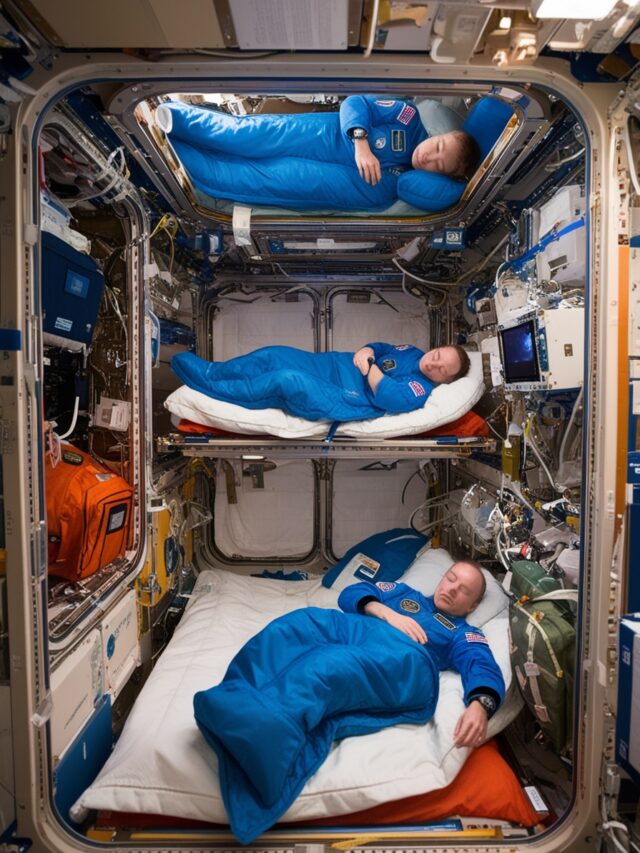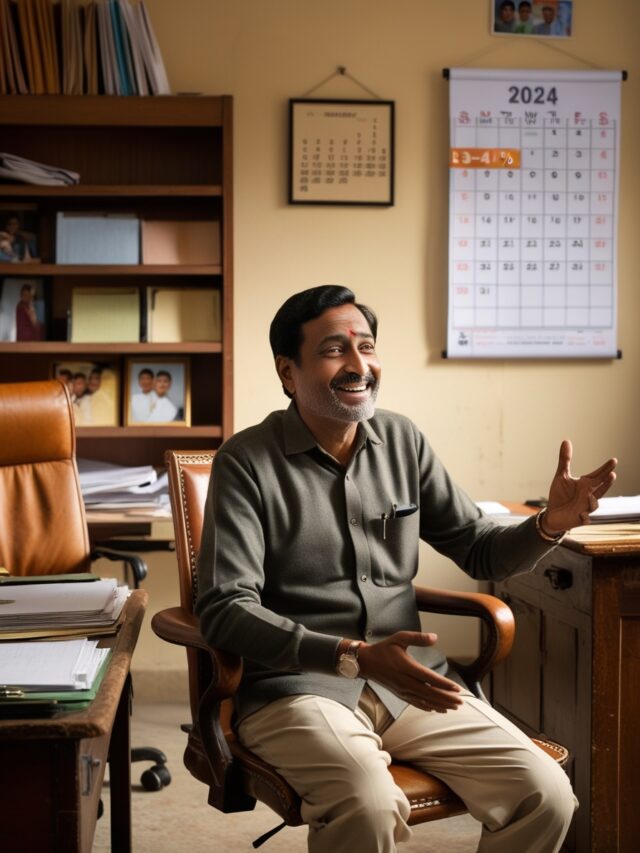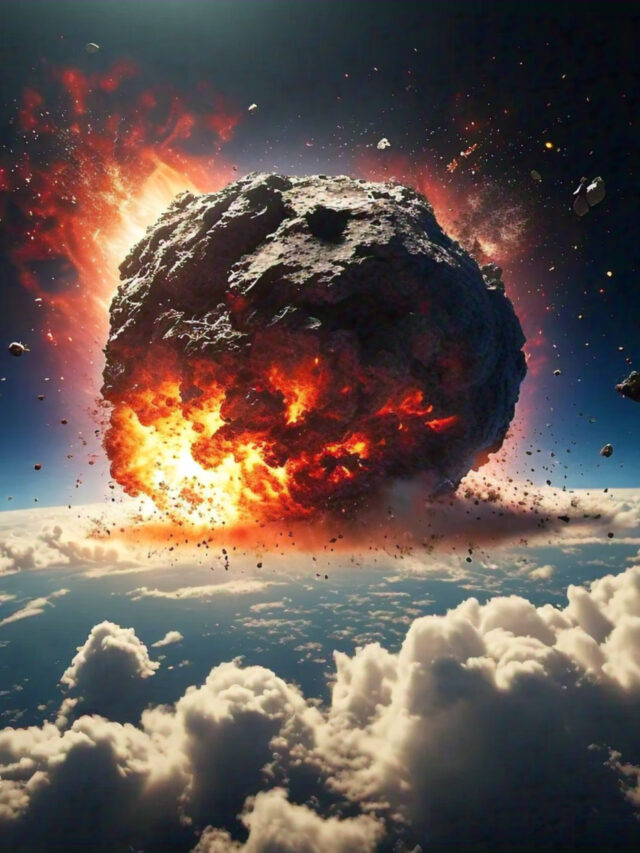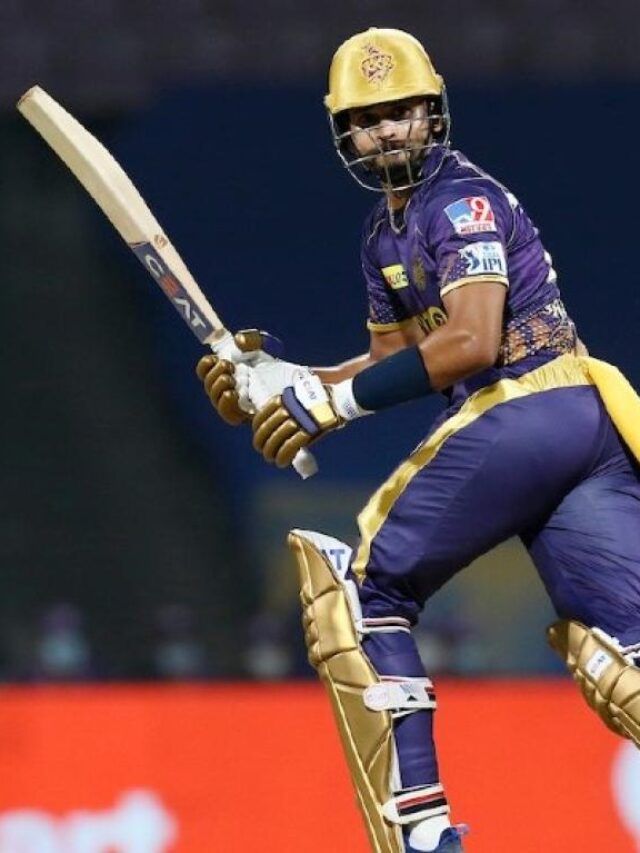
Geology, Tectonics, Earthquakes, Volcanoes GK MCQs with Answer & Explanation in English provides a comprehensive set of multiple-choice questions designed to enhance your understanding of these critical topics.
From the dynamic movements of tectonic plates to the causes of earthquakes and the formation of volcanoes, this article covers essential aspects of geology. The MCQs are accompanied by detailed explanations to help you grasp the concepts effectively and prepare for various competitive exams.
1. Which among the following rock systems in India is also known as a storehouse of minerals?
- Archaean Rock system
- Dharwar system
- The Cuddappah system
- The Vindhyan System
Show Answer
Answer: Dharwar system
Dharwar Rock System is named after the Dharwar region of Karnataka, but it is also found in other regions. Chota Nagpur plateau, a part of the Dharwar system, is called the storehouse of minerals due to its rich mineral deposits.
2. Damodar and Sone river valleys and Rajmahal hills in eastern India are depositories of which rock system?
- Cuddappa System Rocks
- Dharwar System Rocks
- Gondwana System Rocks
- Vindhyan System Rocks
Show Answer
Answer: Gondwana System Rocks
Gondwana Rock System comprises major coal deposits, and the Damodar and Sone river valleys and Rajmahal hills in eastern India are known for their coal deposits, which are part of the Gondwana system.
3. The Deccan trap was formed by which of the following activities?
- Dharwar Vulcanicity
- Paleozoic Vulcanicity
- Mesozoic Vulcanicity
- Cretaceous Vulcanicity
Show Answer
Answer: Cretaceous Vulcanicity
The Deccan trap was formed by the outpouring of lava from many linear fissures during the Mesozoic era, specifically during the Cretaceous period.
4. Which of the following is the characteristic feature of the Narmada Valley?
- Glacial origin
- Aeolian origin
- Structural origin
- Volcanic origin
Show Answer
Answer: Structural origin
The Narmada Valley has a structural origin, and it creates the traditional boundary between North India and South India.
5. Himalayan mountain system originated from which of the following geosynclines?
- Tethys geosynclines
- Ural geosyncline
- Rocky geosyncline
- None of the above
Show Answer
Answer: Tethys geosynclines
The Himalayan mountain system originated from Tethys geosynclines.
6. What is the main reason for the average temperature of the Earth to remain fairly steady as compared to that of the moon?
- Hydrosphere
- Biosphere
- Lithosphere
- Atmosphere
Show Answer
Answer: Atmosphere
The main reason for the average temperature of the Earth to remain fairly steady is the presence of the atmosphere, which absorbs ultraviolet solar radiation, retains heat (greenhouse effect), and reduces temperature extremes between day and night.
7. What fraction of Peninsular India is covered with Archaean Rocks?
- 1/2
- 1/3
- 2/3
- 2/5
Show Answer
Answer: 2/3
Around 2/3rd of Peninsular India is covered with Archaean Rocks, including the Dharwar, Aravalli, Vindhyan, and Cuddapah systems.
8. The Kolar Goldfield belongs to which of the following series of the Dharwar system?
- Khondolite Series
- Champion Series
- Rialo Series
- Chilpi Series
Show Answer
Answer: Champion Series
The Kolar Goldfield belongs to the Champion Series, and it is one of the deepest goldfields in the world.
9. Which of the following series of the Dharwar system is also known as Delhi Series?
- Chilpi Series
- Rialo Series
- Champion Series
- Khondolite Series
Show Answer
Answer: Rialo Series
The Rialo Series of the Dharwar system is also known as Delhi Series, and it extends from Delhi to Rajasthan.
10. The first upheaval of Himalaya started in which period?
- Oligocene
- Miocene
- Eocene
- Pliocene
Show Answer
Answer: Eocene
The first uplift of the Himalayas began during the Eocene Period, which is part of the larger Tertiary Period. It was marked by the collision of the Indian Plate with the Eurasian Plate, resulting in the initial formation and uplift of this massive mountain range. The ongoing tectonic activity in the region continues to shape the Himalayas into the majestic peaks we see today.







